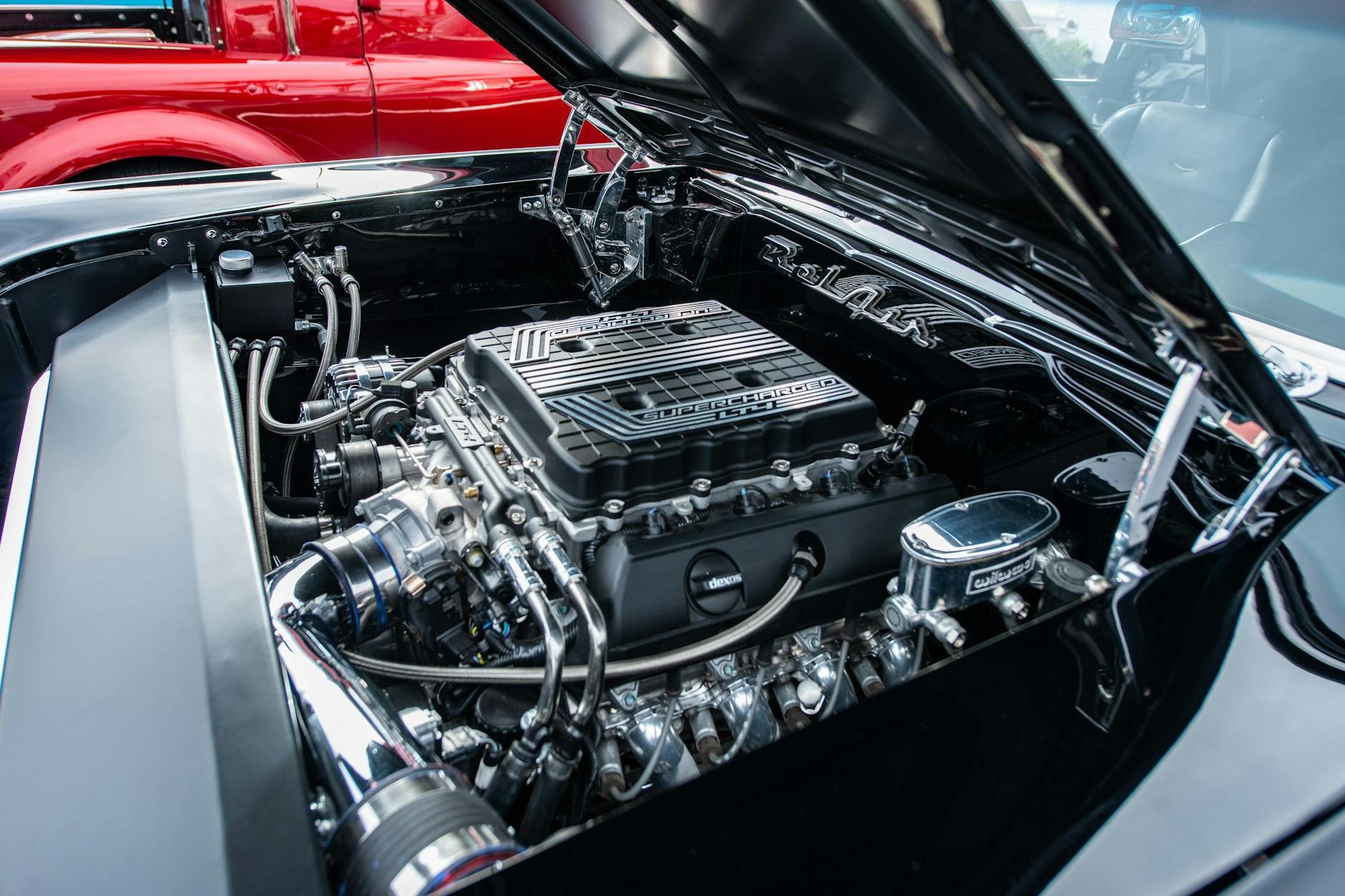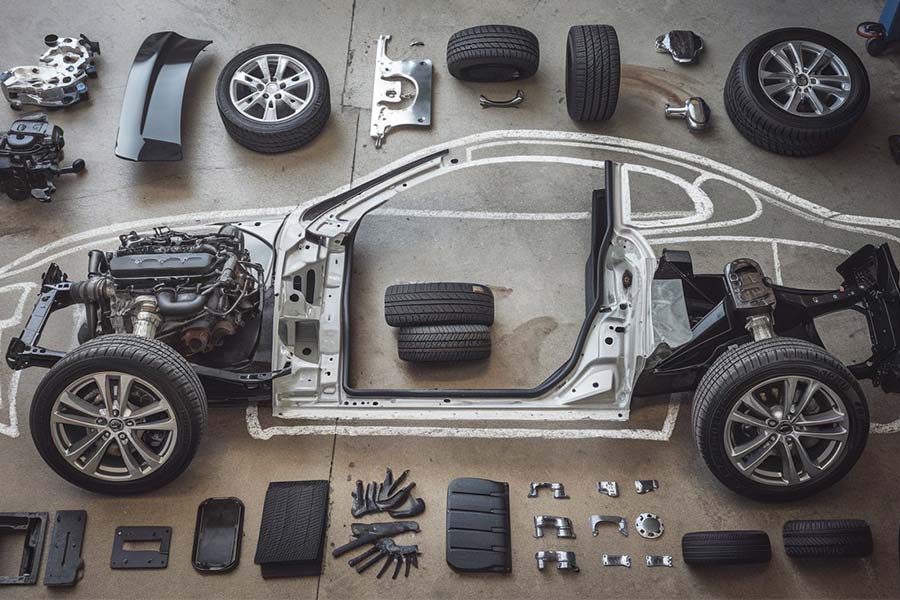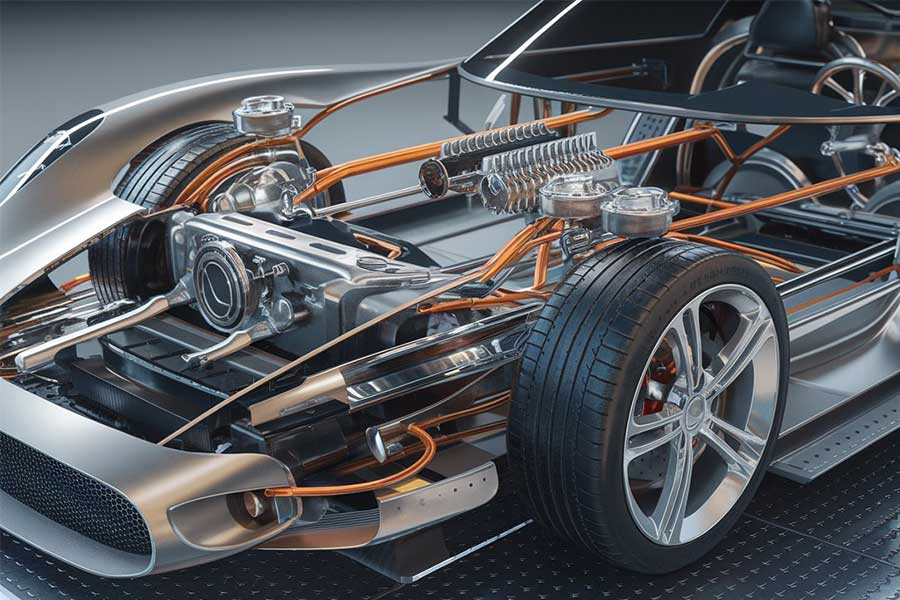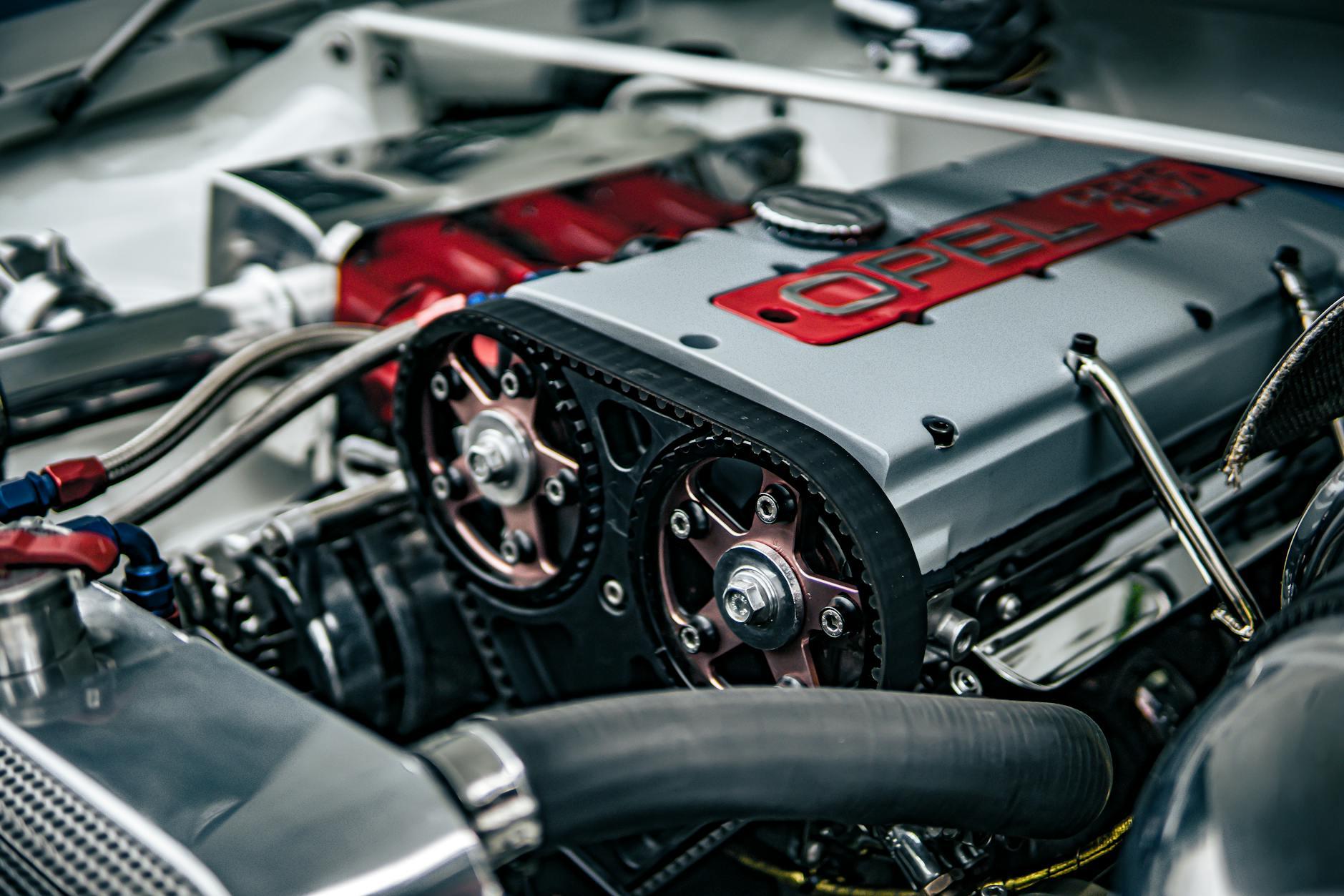- Shanghai Zhongshen International Trade Co., Ltd. - Two decades of trade agency expertise.
- Service Hotline: 139 1787 2118
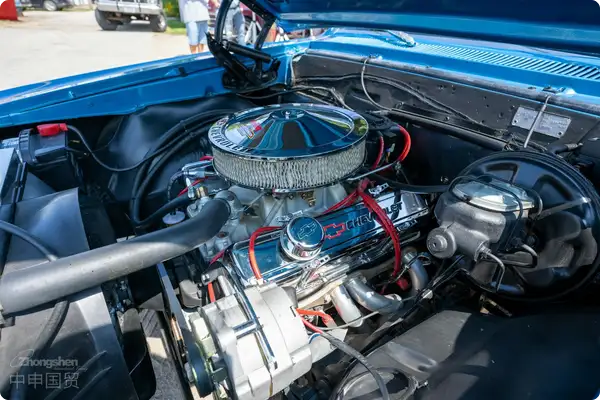
As a seasoned service provider with 20 years of experience in automotive componentsImport Representationwe fully understand the professional thresholds involved in importing safety-certified items like taillight assemblies. This article will analyze the core processes and solutions for taillight assembly imports from an international trade practice perspective, helping enterprises achieve efficient and compliant procurement.Automotive partsI. Three Core Challenges in Taillight Assembly Import
Adaptation to multi-country certification systems
1.Differential management requirements for EU E-mark certification (ECE R48/R6), US DOT standards, and China CCC certification (GB 4660/GB 11564). Special attention must be paid to the matching of technical parameters like luminous flux and light distribution performance with importing country standards.
Must accurately distinguish:
2.Accurate HS Code Classification
Rear combination lamp assembly (HS 8512.20.00 China Customs Code)
- Individual LED modules (HS 8541.40.90)
- Lamp cover plastic parts (HS 3926.90.90)
- Classification errors may lead to 5%-30% tariff differences and subsequent rectification costs.
Intellectual property risk prevention
3.For parallel imports of OEM products for brands like BMW and Mercedes-Benz, its necessary to verify EPL (Export Parts List) authorization scope in advance to prevent OEM trademark infringement risks.
II. Full-process Import Agency Service Solution
II. End-to-End Import Agency Service Solution
Phase 1: Pre-Compliance Layout
- Establish technical documentation library: Integrate test reports from suppliers such as SAE/JIS/DIN
- Pre-declaration system: Conduct commodity pre-classification through the AEO-certified enterprise channel (time reduced by 40%)
- Tariff optimization plan: Utilize RCEP agreement rates (zero tariff for ASEAN imports) and ITA agreement (duty-free for some electronic components)
Phase Two:International LogisticsBulk parts:
- Loss-proof packaging design: Adopt honeycomb cardboard + EPE cushioning structure to ensure lamp surface protection meets ISTA 3A standard
- Hazardous goods avoidance: Transportation of mercury gas discharge lamps must be declared according to UN 3077 standard
Phase 3: Port Fast Customs Clearance
- Electronic data pre-review: Complete CIQ document upload (type test report, energy efficiency certificate) 72 hours in advance
- On-site inspection response: Equip professional customs team to handle special inspections such as lighting tests (GB 25991)
Phase 4: Supply Chain Value-Added Services
- VMI inventory management: Establish bonded warehouse stock model to achieve 72-hour emergency replenishment response
- Reverse logistics channel: Handle defective product returns (apply for customs special supervision zone ledger)
III. Industry Common Issues Response Strategies
| Risk Scenarios | Solutions | Time - limit guarantee |
|---|---|---|
| Lamp housing breakage during transportation | Purchase All Risks insurance with additional breakage coverage (premium rate 0.15%) | Claims settlement cycle ≤15 working days |
Technical Certification Compliance
1.Industry case database: Focus on whether there is import record for same brand vehicle models (e.g., Volkswagen MQB platform lamp import experience)
2.Technical compliance team: Require at least 3 quality engineers with IATF 16949 internal auditor qualifications
3.Digital System: Need ERP and customs single window API direct connection capability
4.Emergency response mechanism: Commit to activating three-level contingency plan within 2 hours for port abnormalities (joint handling by customs/legal/technical teams)
Conclusion
Against the backdrop of deep restructuring in the global automotive supply chain, tail lamp assembly imports have evolved from simple trade activities to systematic projects involving technical regulations, supply chain resilience, and compliance risk control. As a TAPA-certified import service provider, we recommend enterprises focus on three value dimensions: suppliers global certification capabilities, agents digital customs clearance level, and emergency plan completeness.
Related Recommendations
Category case
Get in Touch
Email: service@sh-zhongshen.com
Related Recommendations
Contact via WeChat

? 2025. All Rights Reserved. Shanghai ICP No. 2023007705-2  PSB Record: Shanghai No.31011502009912
PSB Record: Shanghai No.31011502009912
